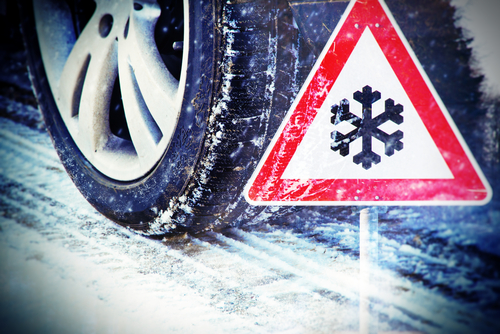With the changing weather, it’s important to make sure your tyres are in good condition. Driving with worn or damaged tyres can not only be dangerous, but it can also cost you money in the long run.
There are a few key warning signs to look out for when evaluating your tyre condition. Let’s take a closer look at 9 of those warning signs.
1. Tread Depth
In order to have a good grip on the road, your tyres must have enough tread depth. The legal minimum tread depth is 1.6mm across the central three-quarters of the tyre and around its entire circumference.
However, most manufacturers recommend replacing tyres when they reach 3mm in tread depth. If you want to be absolutely sure about your tyres’ tread depth, you can use a tread depth gauge or visit a trusted mechanic for an inspection.
2. Bulges, Bumps, and Blisters
Bulges and bumps on your tyres may indicate that there’s something wrong with their inner structure and that they need replacing immediately as they can cause blowouts while driving or sudden loss of control over the vehicle.
You should also keep an eye out for blisters which could mean that your tyre has been exposed to excessive heat and needs replacing soon due to potential damage to its internal structure caused by exposure to high temperatures.
3. Unusual Vibrations
Uneven wear on your tyres could cause unusual vibrations while driving, which means it’s time to replace them before further damage is done to other parts of your vehicle such as suspension or brakes system components.
Additionally, any vibrations coming from one side of the car could indicate that there is an issue with one particular wheel. You should get it checked out as soon as possible before further damage is done by continued driving with faulty wheels such as misalignment.
4. Cracks or Dry Rot
One of the most obvious visual indicators that it is time to replace your tyres is cracks or dry rot in the sidewall of the tyre. This happens when a tyre becomes worn out from extended use and normal wear and tear, making it vulnerable to damage from road debris and environmental factors such as UV rays.
If you notice any cracks or dry rot, have your tyres checked by a professional immediately.
5. Low Pressure Warning
If you notice that your car’s dashboard is displaying a low pressure warning, this could be an indication that one or more of your tyres are underinflated.
Low tyre pressure can cause reduced fuel efficiency and increased wear and tear on the tread of the tyre. If this warning light appears frequently, it may be time to get new tyres installed.
6. Age of Tyres
Even if your tyres appear to be in good condition, they may still need replacing if they are more than 5-6 years old due to their age alone.
The rubber material used in tyres degrades over time, so even though they may look fine now they may still be unable to handle certain driving conditions down the line due to wear and tear from regular use.
7. Noise
Driving at a certain speed should be a relatively quiet experience. However, if you begin to notice loud noises coming from your tyres—a humming sound, for example—it could be a sign that they need replacing.
The noise could be caused by tread wearing too thin or misalignment with other components in your car such as brakes and suspension systems. In either case, an inspection by a professional mechanic should be carried out ASAP.

8. Reduced Performance
If you feel like your car isn’t driving as smoothly as it used to or find yourself having to apply more pressure when braking, then this might mean that your tyres need replacing due to their decreased performance capabilities over time due to wear and tear.
Consider replacing them with either new or used tyre models to keep your car running at its best. New tyres are an optimal choice for the best possible performance and safety, but used tyres can offer a cheaper alternative solution with reduced costs
9. You’ve driven a lot of miles
It’s recommended that car owners should replace their tyres after 10 years or 150,000 miles whichever comes first regardless of how much wear they have sustained over this period.
Rubber deteriorates naturally over time due to exposure to UV light and heat which can affect its performance capabilities even if there isn’t much visible wear present yet.
Closing Thoughts
Tyres are the only part of your vehicle that connects it to the ground, so it is fundamental that they remain in top-notch shape. Not replacing your tyres on time can result in massive differences in your car’s performance and handling, not to mention the danger you’re putting yourself and other drivers in. Don’t take chances doing something as important as maintaining your tyres – invest some effort into keeping them up-to-date today and enjoy secure driving experiences in the long run.
Is your sugar intake impacting your heart?





